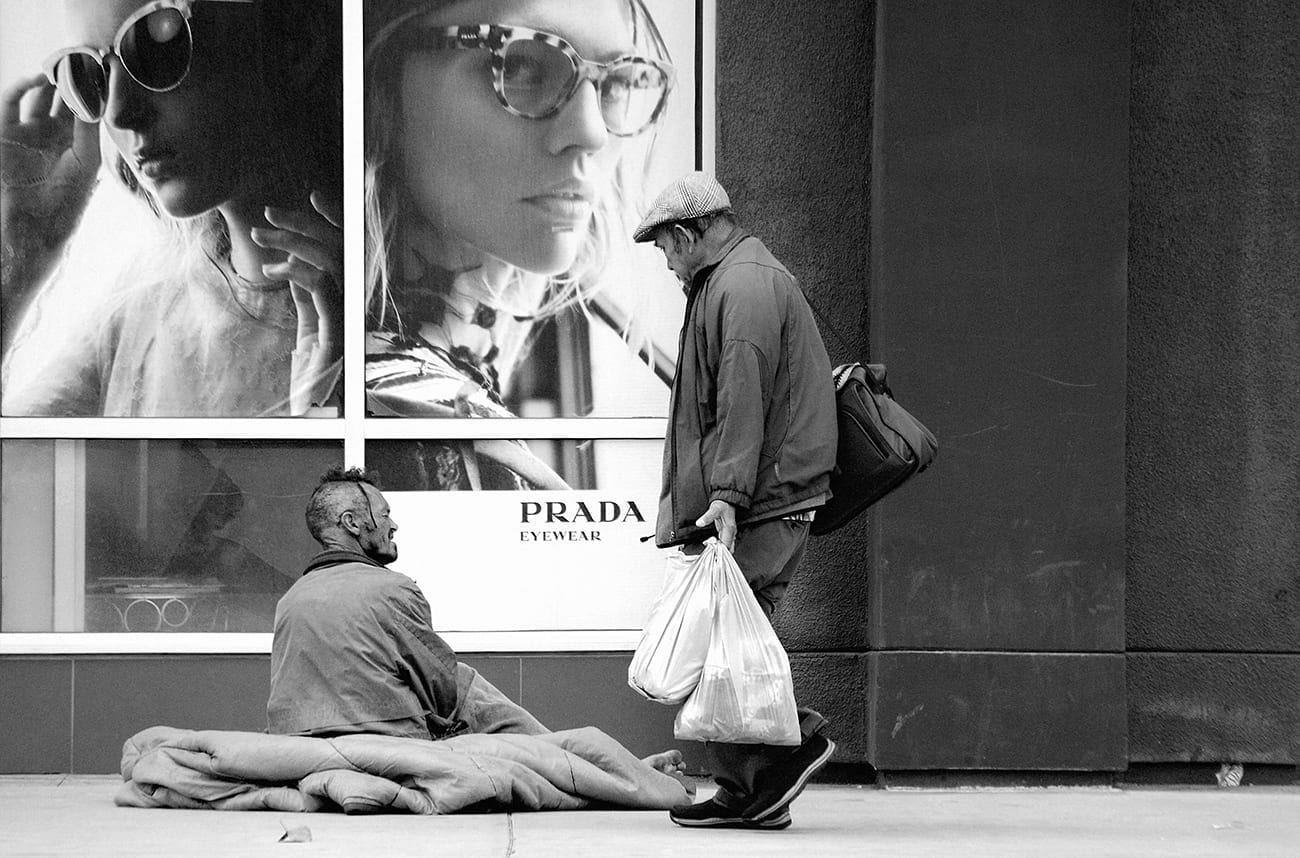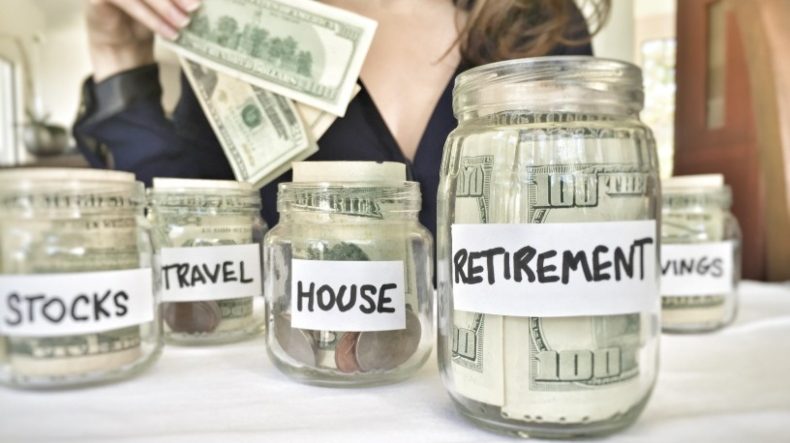

How Big Is the Gap: Real Facts About Wealth Inequality
If we look at all of the world’s history, we can see that there is a problem of wealth inequality that has existed for centuries, if not millenniums.
Presently, this topic is one of the most discussed and debated around the world. The problem of social inequality has worsened as a result of the ongoing global financial crisis. 70% of the world’s population lives in countries where the gap between the rich and the poor has widened dramatically over the past 30 years. This is the most uneven that the distribution of wealth has been in decades.
Before the 21st century, scientists speculated about the nature of human relationships and the justice or injustice of inequality. For example, a theory of the roots of social inequality was developed by Adam Smith.
He identified three main classes: wage earners, landowners, and capitalists. Inequality in society is divided into productive and unproductive. Smith was the first to point out that society does not consist of traditionally distinguished groups, such as the nobility or the bourgeoisie, but new classes, and this division has an economic essence. Thus, Smith revealed a further factor of inequality (economic).
Economists have been studying the consequences of this process for the past ten years. In 2015, hundreds of researches gathered in a day-long conference to present one topic:
Rising Wealth Inequality
Sadly, wealth inequality statistics have not shown any improvement in households for the past century.
1) Wealth inequality has had a U-shaped pattern since 1913. Starting from 1929, the exponential curve began to flatten. However, it began to rise once more in 1989.
2) The middle class does not have a more significant share of wealth than it used to have 70 years ago. The biggest asset of a middle-class household is typically their house. 1% of the population holds 42% of the entire wealth. In time, we might see the total rise to over 50%
3) The 1% holds more assets due to the simple diversified wealth accumulation. In other words, the wider portfolio provides money and new assets.
Based on the following research results, we can conclude that “the rich get richer” is not that far from the truth.
Another wealth inequality fact is that there is a racial gap of almost $40,000. White, Black, and Latino people all earn different sums on average. When we apply this information to the wealth gap: it accounts for more than $100,000.
Another fact: 73% of homes are owned by Whites, leaving less than 30% to Blacks and Latinos.
Wealth Inequity In the World
Income inequality has increased in almost all regions of the world in recent decades. Inequality remained stable only where it was already “extremely high” – in the Middle East, sub-Saharan Africa, and Brazil.
Indeed, the situation is not as hopeless as we might observe. On a global scale, those countries that were previously very poor have started to close the gap massively in the last 30 years. The very rich, as well as the middle class in China and other Asian countries, have benefited the most from this process.
In China and India, the inequality between the poor and the rich is huge. However, the gap is still smaller than in regions like the US or Europe.
What Causes the Gap Between the Rich and the Poor

- Access to education plays an important role in increasing inequality. A huge number of people on our planet cannot afford education, which plays an important role in the development and the ability to grow. Access to good, free public education increases everyone’s chances of having a more independent, healthy, and productive lifestyle.
- Affordable health care for the entire population is also a central issue in reducing the gap between the rich and the poor. The poorer a person is, the fewer opportunities they have to get decent treatment. They do not have optimal earnings and can hardly afford private insurance.
- Taxation is another factor. In many countries, there is a lack of funding for socially important services. However, the central problem is that rich people are evading their taxes. 90% of the rich have a connection with offshore zones. International companies strive to pay as little tax as possible in the long run.
So, for example, Apple is “located” in Ireland. In this country, the corporation pays only 0.005 % income tax; it is only 50 euros per one million euros. Another company, the German chemical group BASF, saved about 923 million euros thanks to tax tricks in Belgium, the Netherlands, and Switzerland.
Thus, the home countries of corporations lose about 190 billion dollars each year. Fair taxation and transparency of income would significantly reduce poverty and social inequality.
Other reasons for wealth inequality in the world in 2020 are:
- Economic and financial crises
- Negative manifestation of globalization
- Growth of inflation
- Growth of unemployment (except natural)
- Unjustified reduction in the level of wages when prices are stable or rising
- Low birth rate and high mortality
Potential and Future Consequences
The growth of poverty and the decrease in income of the population is slowing down economic growth. A decrease in income reduces demand, which reduces the scale and volume of production. As a result, the real GDP (at the regional level – GRP) becomes lower than the potential one, and the country’s economy lags behind its potential, resulting in a low birth rate and high mortality.
At the same time, it is important to determine what social consequences may occur and how it is dangerous for society.
- Inequality can give the rich an unacceptable degree of control over other people’s lives (in particular, by influencing media channels)
- Inequality can undermine the fairness of political institutions (increasing corruption and lobbying in government)
- Inequality undermines the fairness of the economic system itself
- Inequality affects the interests of employees who do not receive a fair income, taking into account their contribution to the national budget
Conclusion
Based on past history, it is clear that wealth inequality will not be overcome even in this century. But, access to the Internet provides the opportunity for everyone to show their talent (SNS platforms), educate themselves (online schools), or even invest.
In the past, investment was only in the hands of rich people. Modern technology and FinTech allow anyone to try it. If you are interested in tax-efficient offshore investment products, take a closer look at Einvestment mutual fund platform.
Wealth inequality will keep rising in 2020 due to COVID-19, but it does not mean that it is impossible to earn high return on investment.







